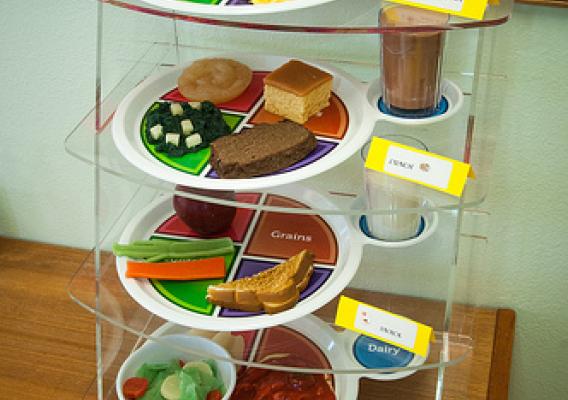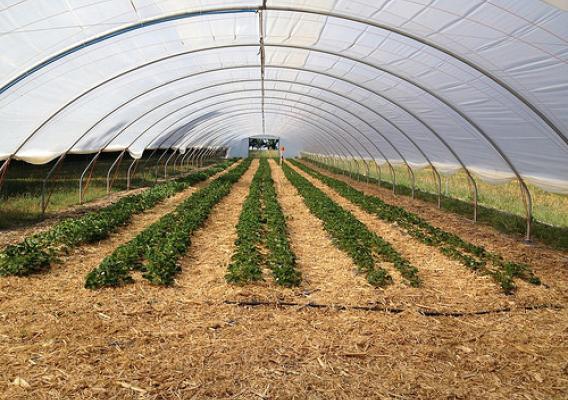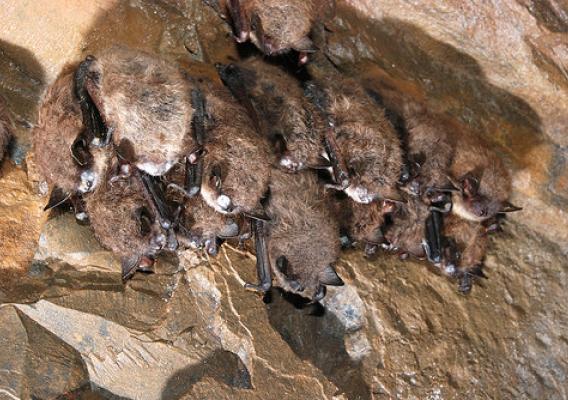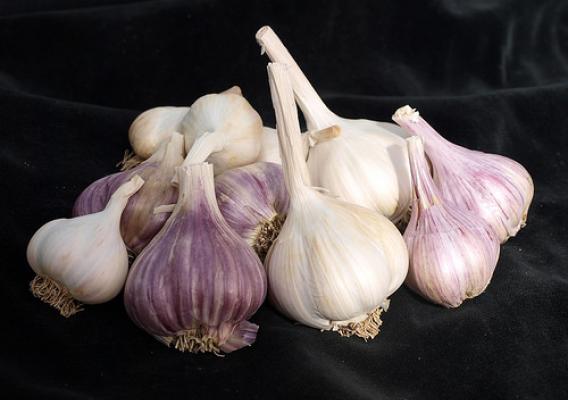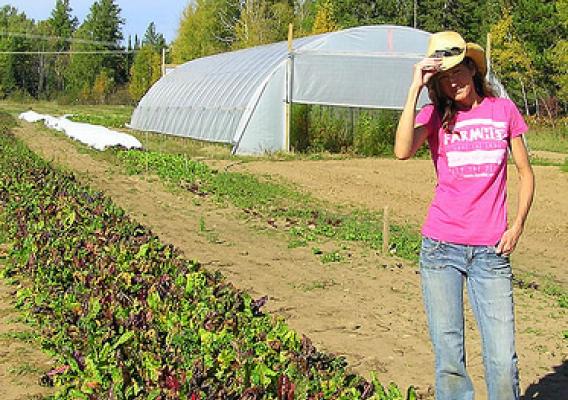This post is part of a Microloan Success feature series on the USDA blog. Check back every Tuesday and Thursday as we showcase stories and news from USDA’s Farm Service Agency.
Beginning farmer Andy Getting was doing some research on the Internet when he came across information on USDA’s Microloan program. The program allows beginning, small and mid-sized farmers to access up to $35,000 in loans using a simplified application process, and with up to seven years to repay.
Getting, an Iowa farmer, grows irrigated corn, soybeans and strawberries. He is a part-owner with his parents, Don and Mary Getting, who are starting their 30th farming season.
The Gettings started growing strawberries in 1983 on one acre. Next year, they will pick 17 acres of June-bearing strawberries. Their customers have the option of picking their own berries or they can buy pre-picked berries at the market, which also sells fresh strawberry shakes, muffins, bread and many other strawberry-flavored baked goods made by Getting’s grandmother. During the summer months, the market employs 15 to 30 people.

